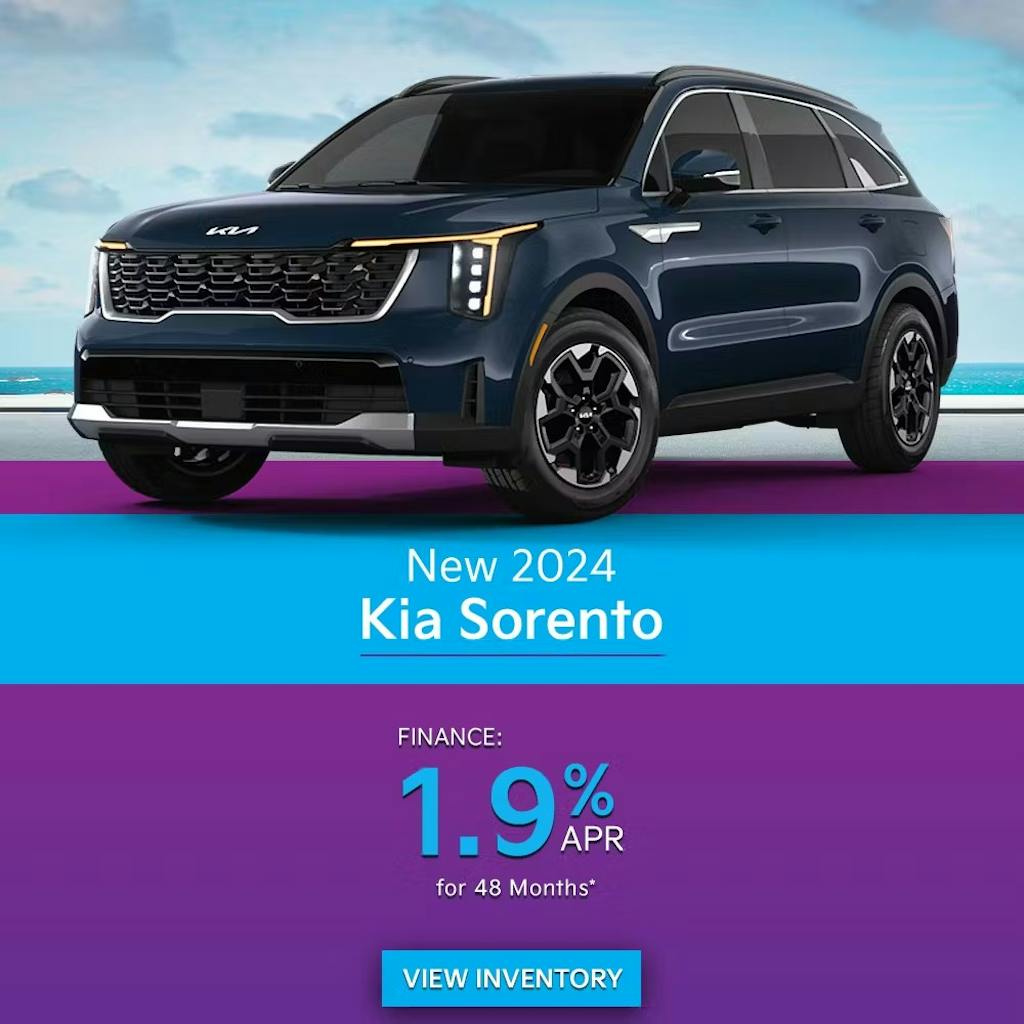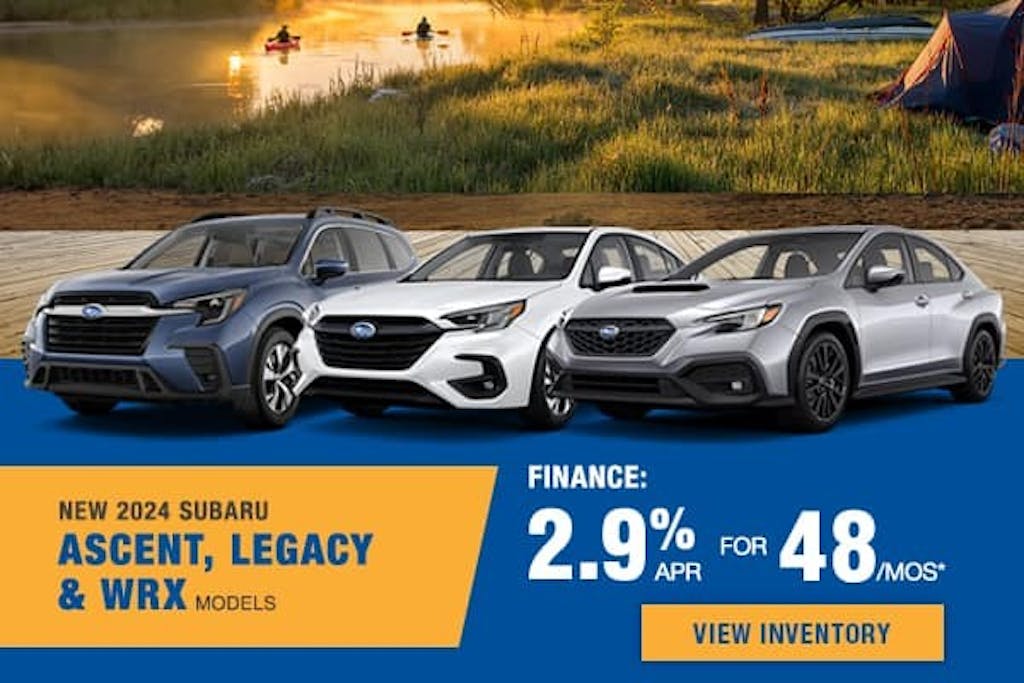
Exploring the Evolution of Interest Rates in the Car Business: A Historical Perspective
Interest rates are at the heart of the car business, driving whether or not customers can afford to purchase vehicles and whether the industry remains profitable. For centuries, interest rates have varied based on economic conditions, consumer behavior, and regulatory changes. Here's a brief foray into the history of interest rates in the car business by way of understanding some of the key terms impacting this dynamic field.
Early Days: Pre-20th Century
During the early days of the car, consumer financing was very unusual, and the few people who had enough to buy one usually just paid for them in cash. The interest rates were negligible to zero back then considering that cars were more like luxury items to the rich.
20th Century: Development of Consumer Financing
Which heralded a social revolution as it introduced consumer credit. Auto manufacturers and financiers began providing installment credit to allow one to purchase a car over time and at interest. A Model T might thus be financed, for instance, at the 10-15% APR of the 1920s existing partly because the higher car pricing and associated lending were riskier and so more costly than today.
Following the Second World War, the ownership of cars took off in earnest due to increased prosperity and manufacturing innovations that reduced the cost of cars for average citizens. Interest rates remained relatively constant, increasing and decreasing based on economic cycles. The usual APR range for car loans varied between about 6% to 10% during the 1960s and 1970s, which conformed to the price of inflation and economic growth rates at that time.
The end of their 20th century brought financial innovations like securitization, where auto loans were packaged and sold to the markets under secured packages. This practice helped diversify risks and could, to some extent, reduce interest rates that would be charged to individuals accessing these monies. By the 1990s, APRs for auto loans were declining to about 5-7%, making car ownership more affordable for wider segments of society.
21st Century: Crisis and Recovery
Early 2000s provided relatively lower rates due to which car-sales volumes increased and financing a purchase was cheaper. The credit crunch resulted from the financial crisis of 2007–2008. Reactions to the uncertainty about economic conditions showed variations in interest rates. For prime consumers, APRs were seen as low as 3%, and for subprime consumers, these were more than 10%. APRs, thus, have been extraordinarily unstable in that period.
In the past few years, car business interest rates have tended to be low in central bank policies supporting economic growth. In general, digital transformation has reshaped the process of purchasing a car. For example, consumers can compare the APRs and terms for free online in just a matter of seconds. As the technology evolves, the process becomes faster. Now a standard APR for a new car loan can be from 2% to 5%, and it depends on some factors, such as credit score, loan term, and economic conditions.
Key Terms and Considerations
APR (Annual Percentage Rate): This is the total cost of borrowing, including interest and fees, expressed as an annual percentage. It is the unit of measure providing a common basis of comparison for all products.
Interest Rates: The cost of borrowing the loan and are typically expressed as a percentage of the loan amount.
Loan Terms: This is the duration over which the loan is repaid. Loan terms affect both the size of the monthly payment and the total interest paid over the life of the loan.
Future Outlook
Going forward, the future of interest rates in the car business is uncertain, subject to prevailing economic flows, regulation changes, and technological improvements. Inflation, for one, coupled with environmental regulations like electric vehicle incentives, and, of course, global economic conditions, are some of the forces that will keep molding interest rates and the options availably for the automotive industry to offer consumer financing.
Understanding the history of interest rates within the car business provides the reader with a unique perspective on how financial dynamics have changed throughout time and how consumers and industry stakeholders are able to navigate the application of future changes. The landscape of interest rates will thus become a literally ever-changing one, mirroring the rapid changes in both technology and consumer preferences that affect the automotive industry.
















